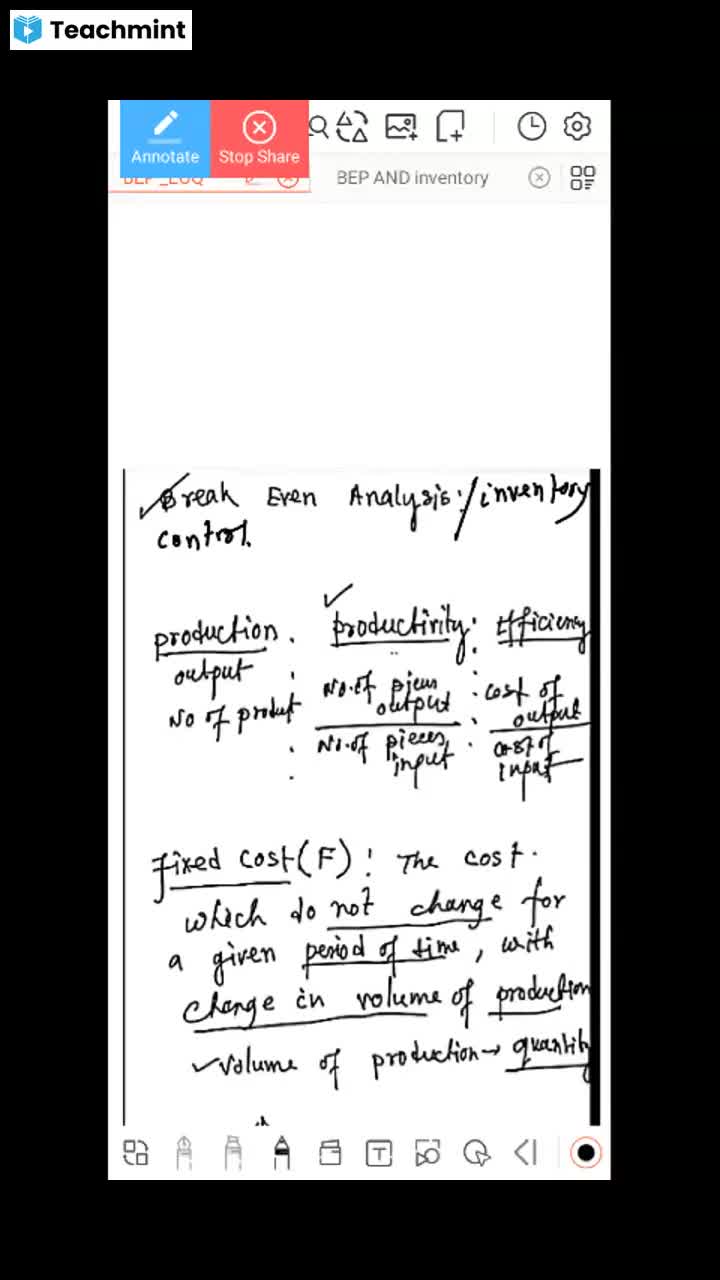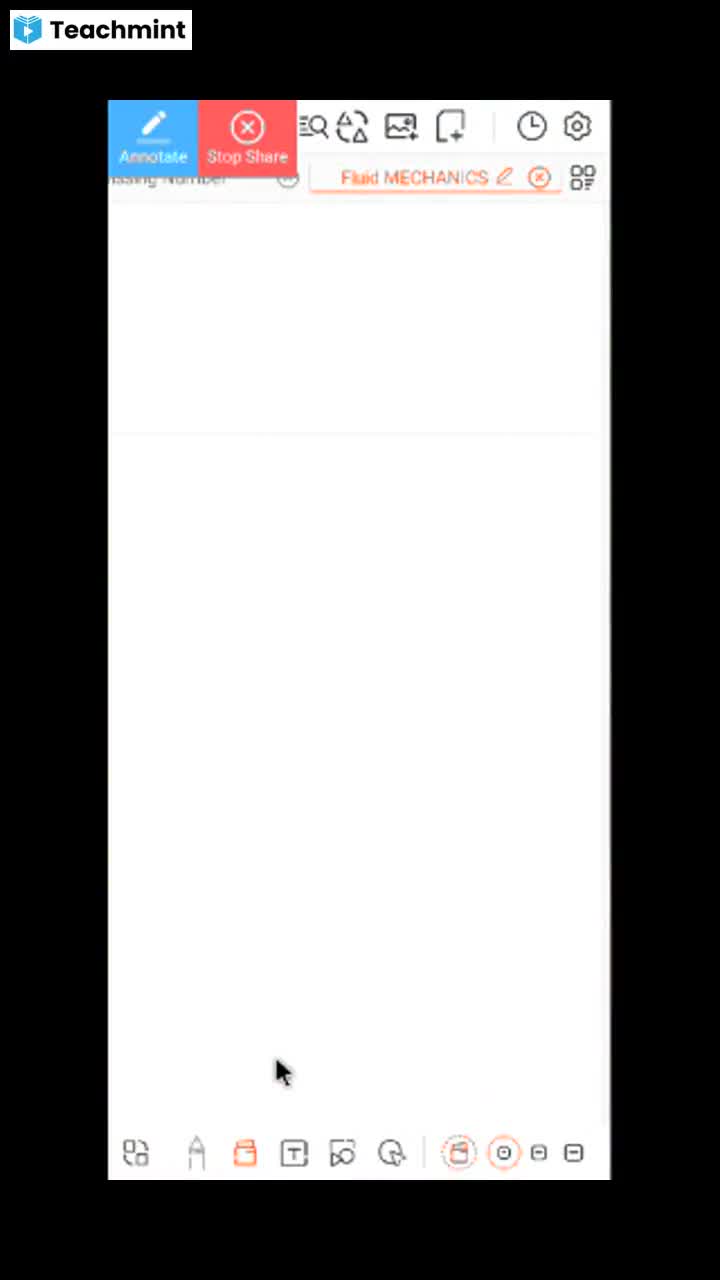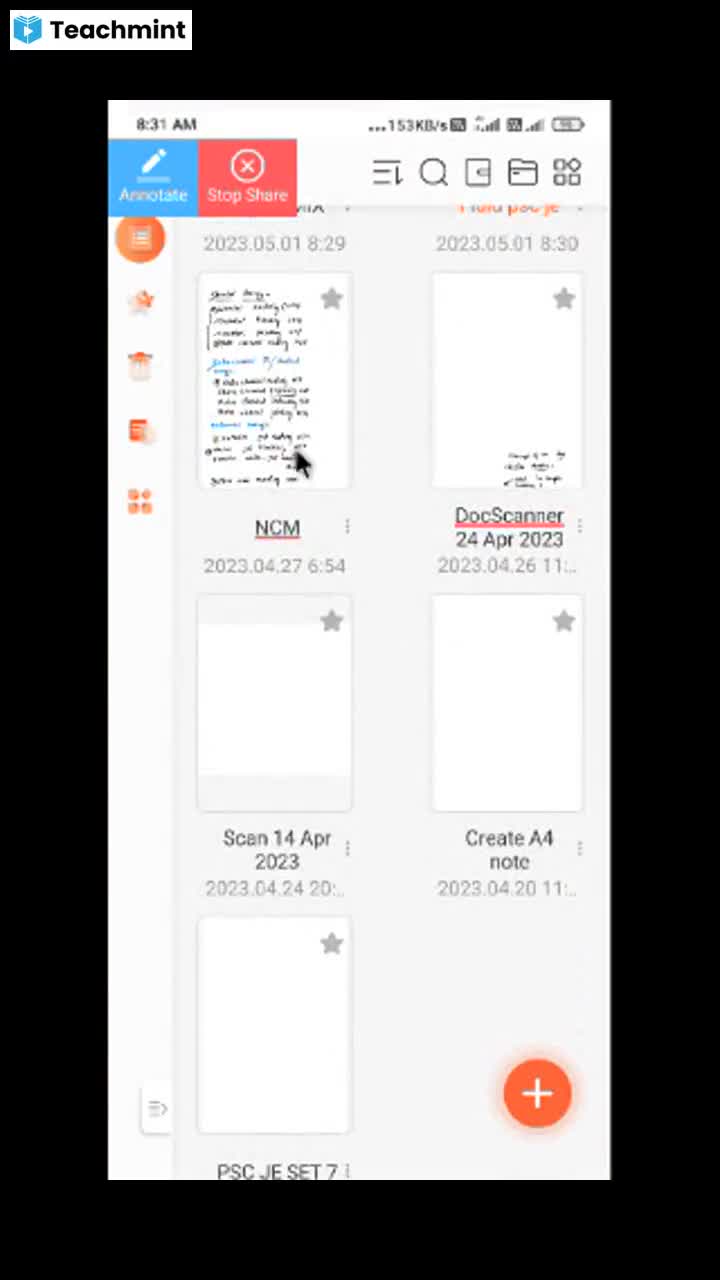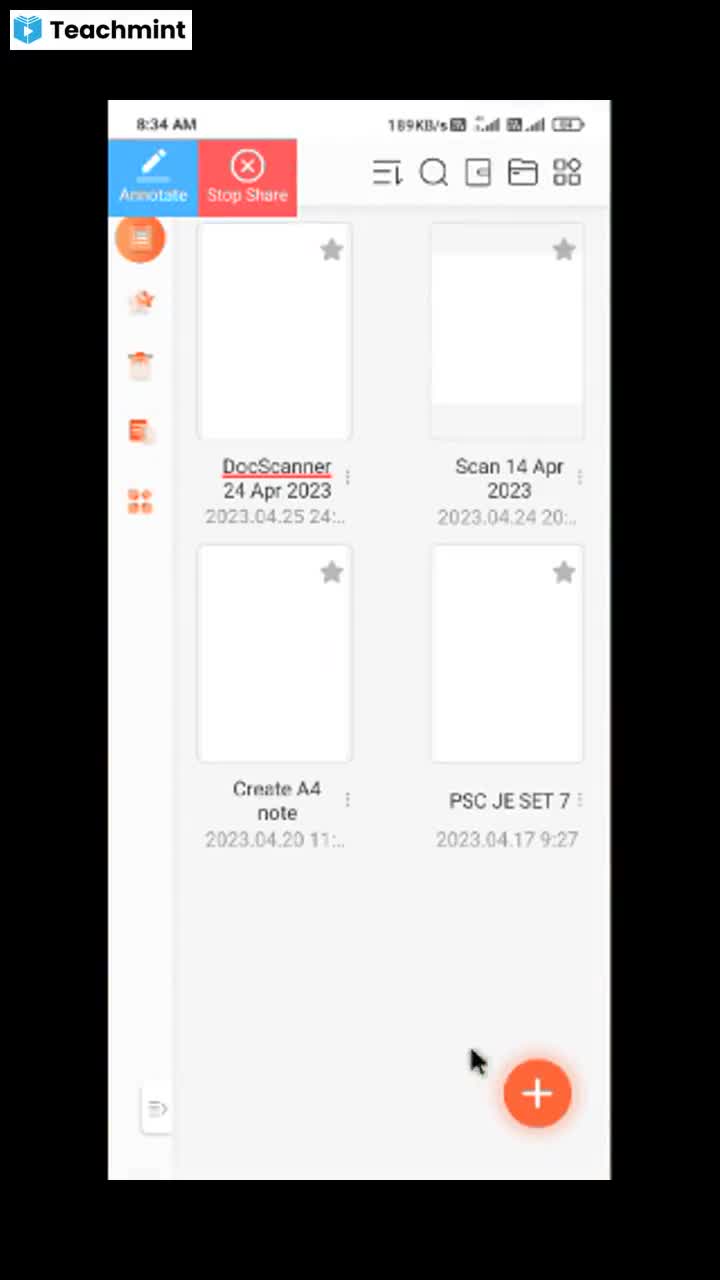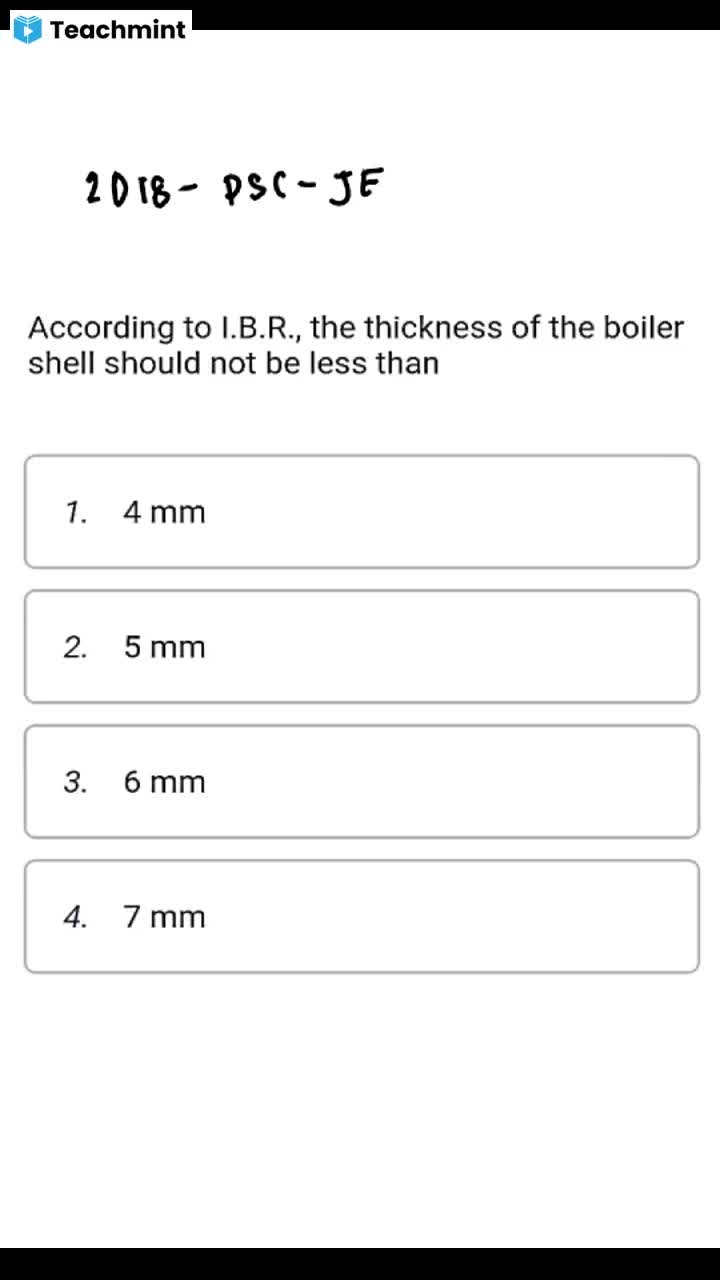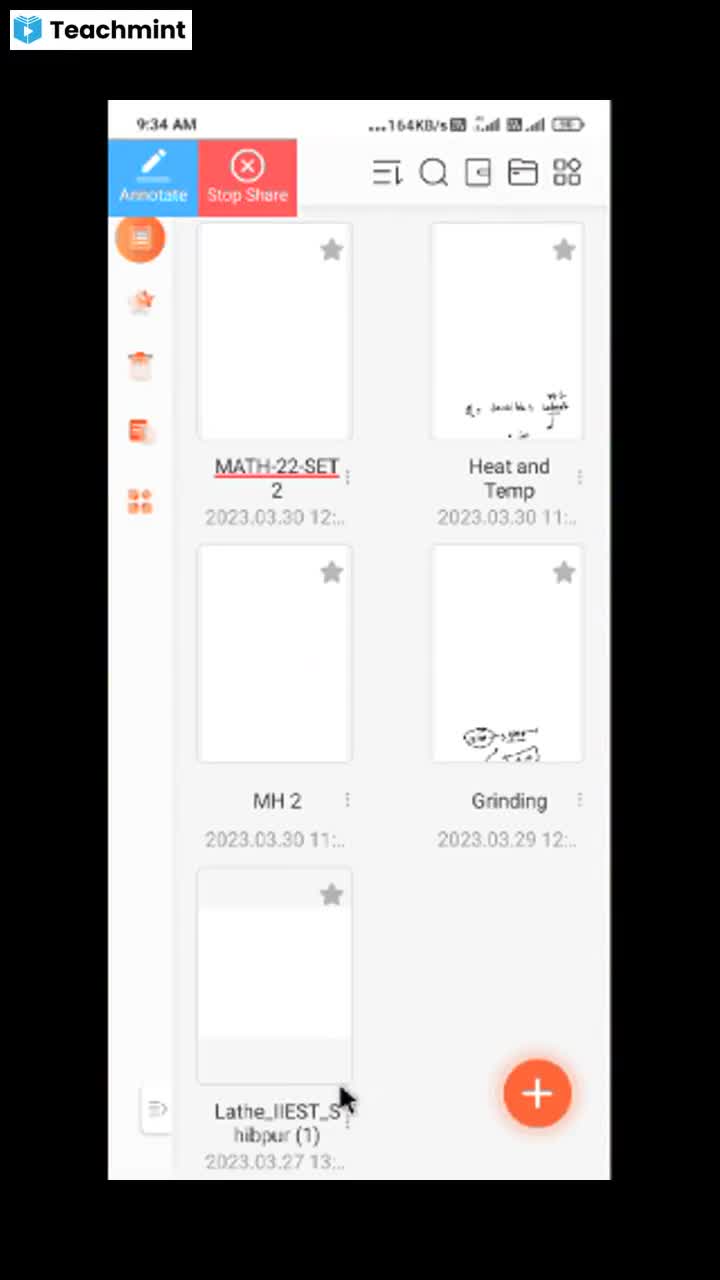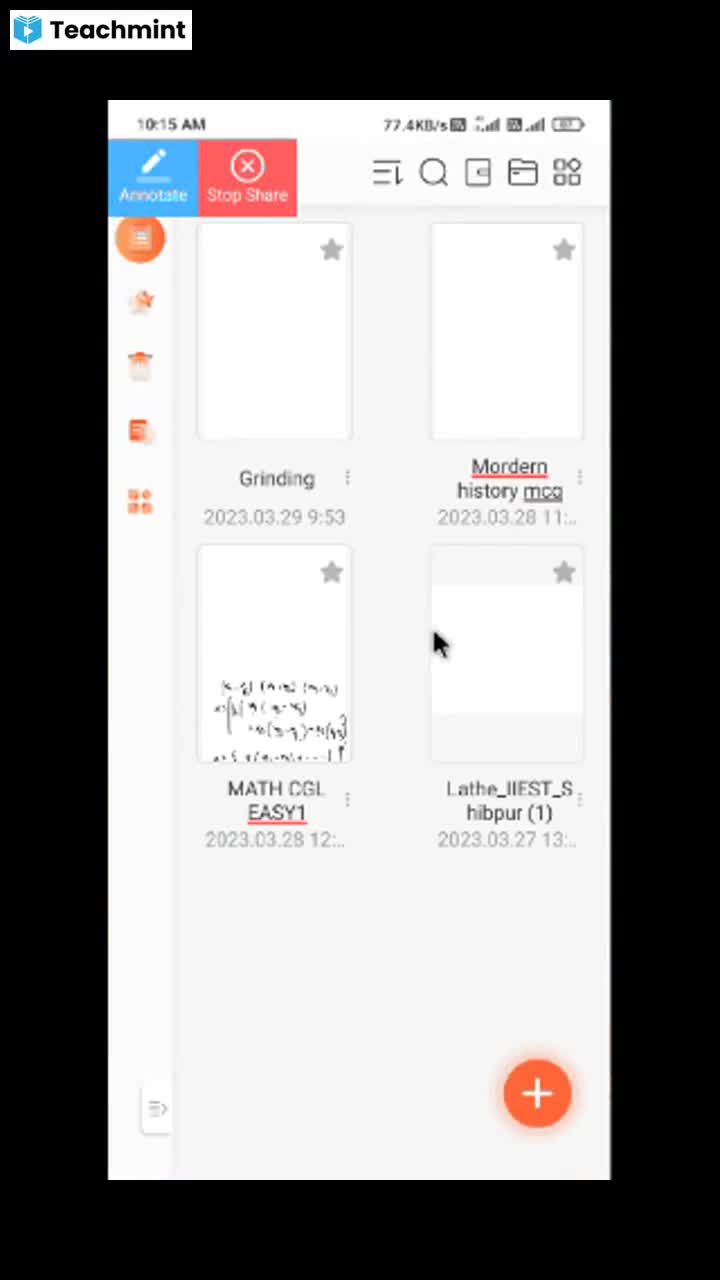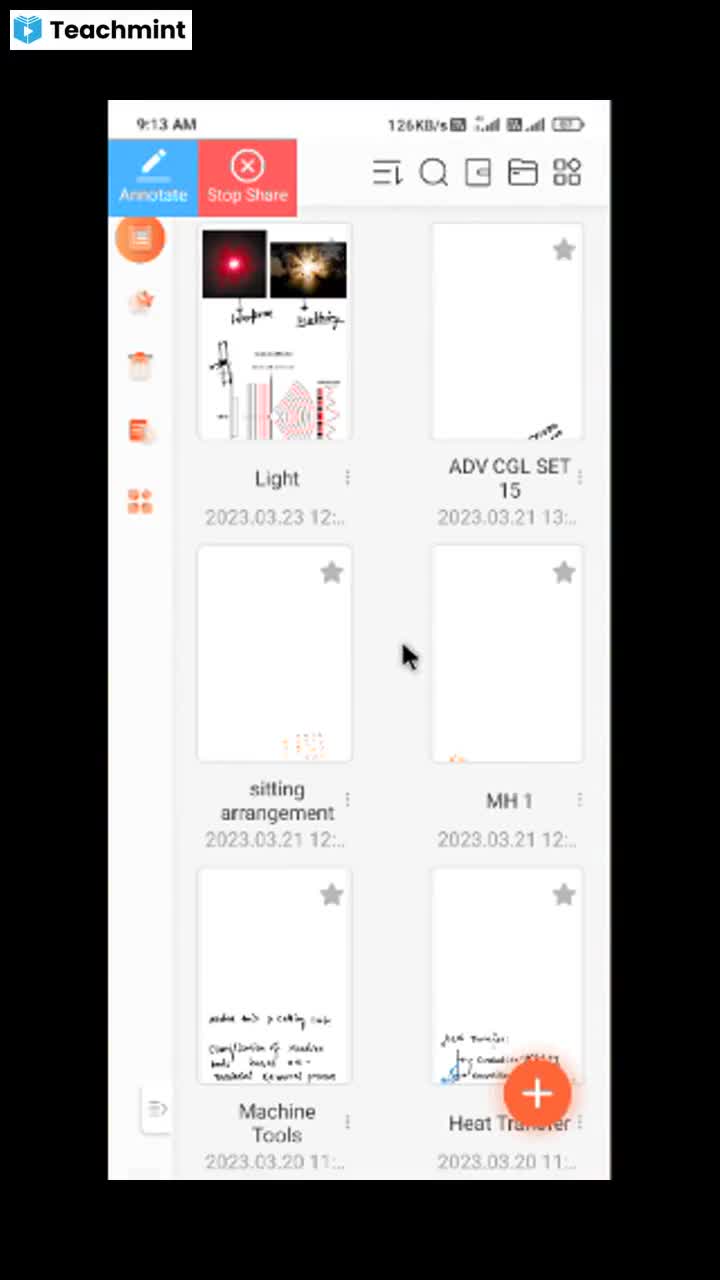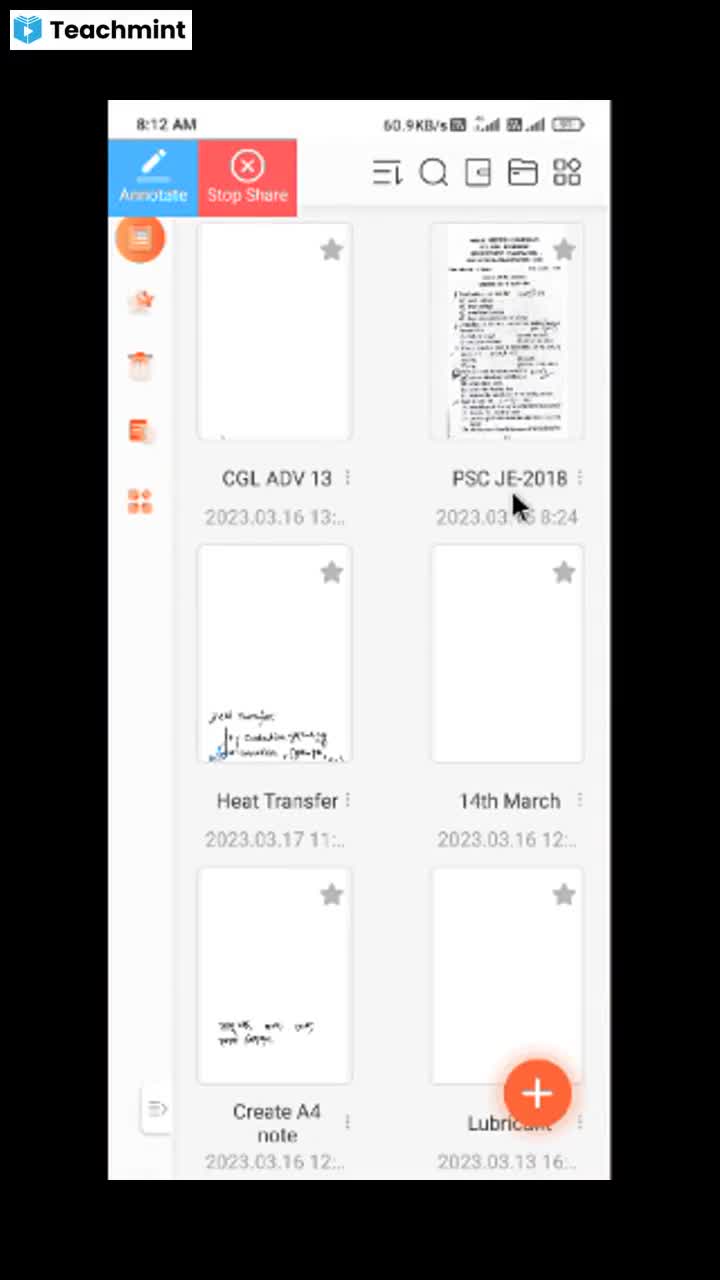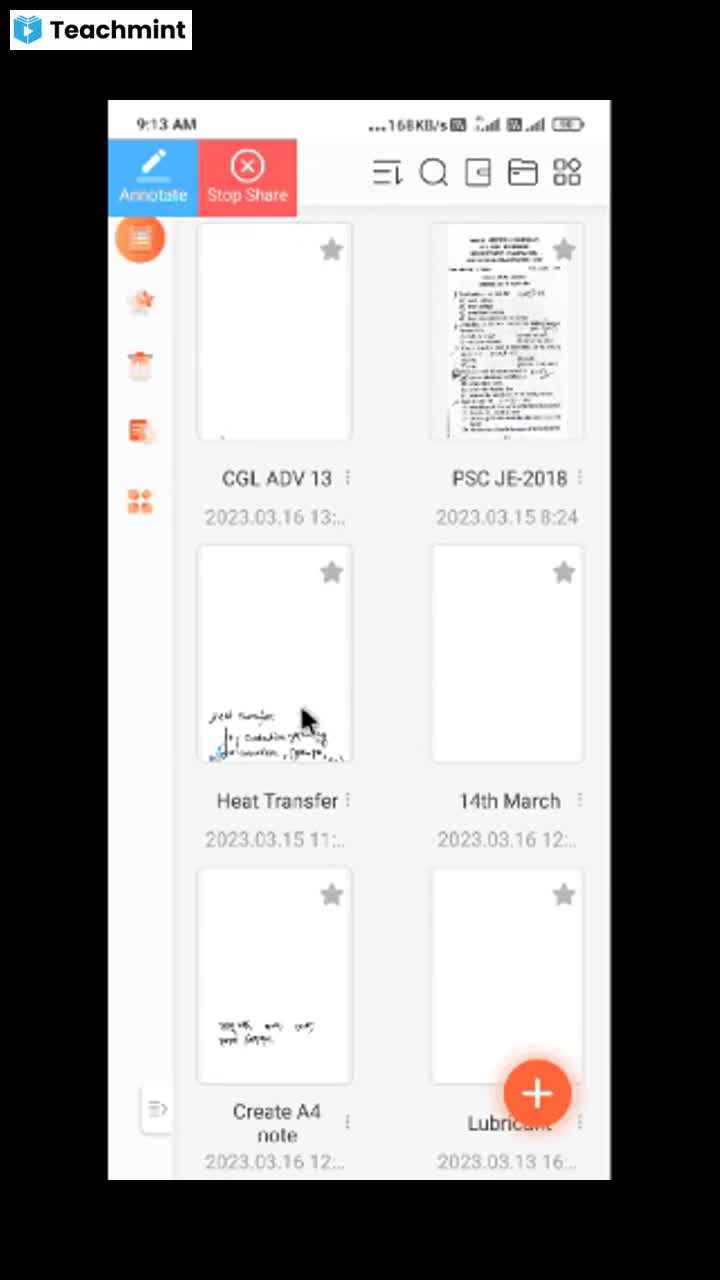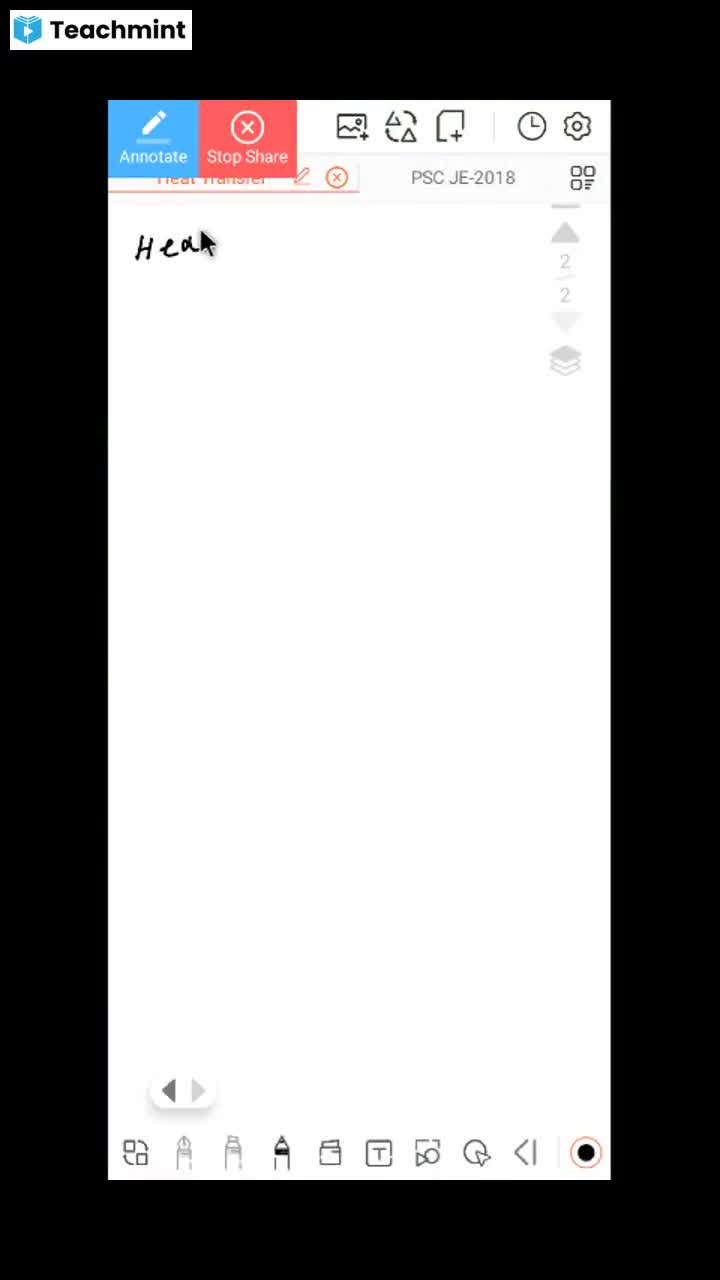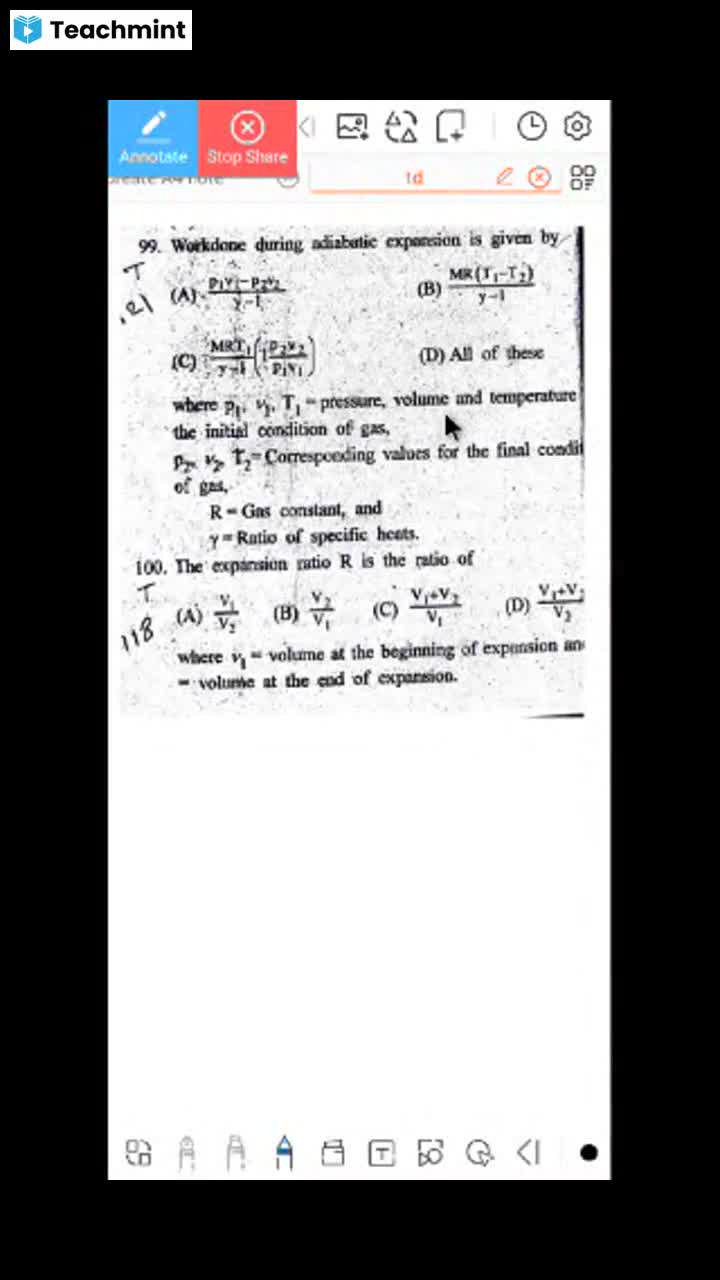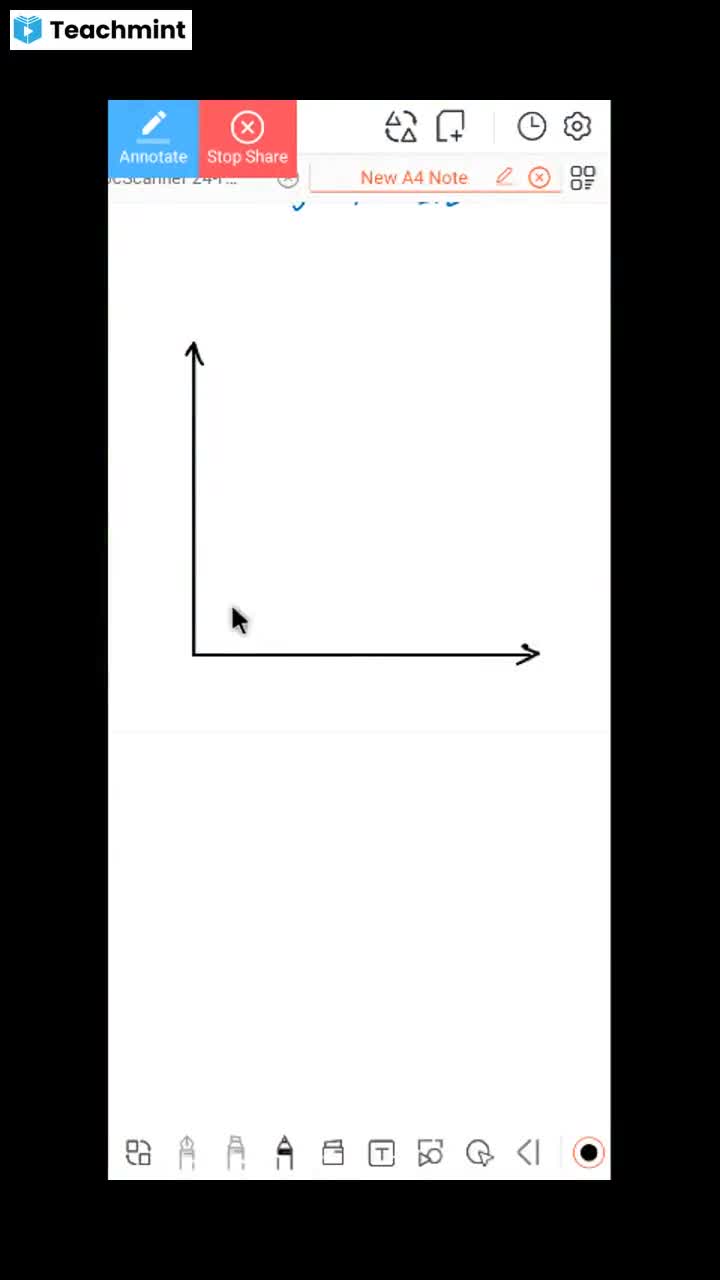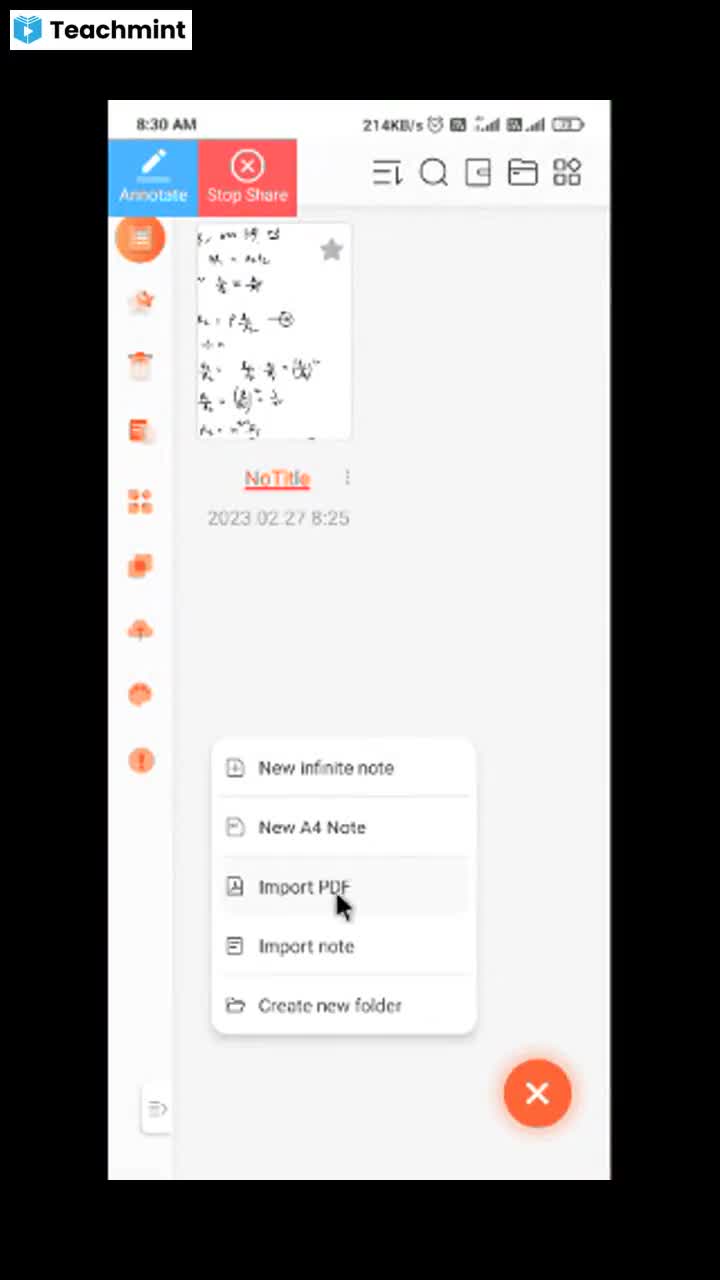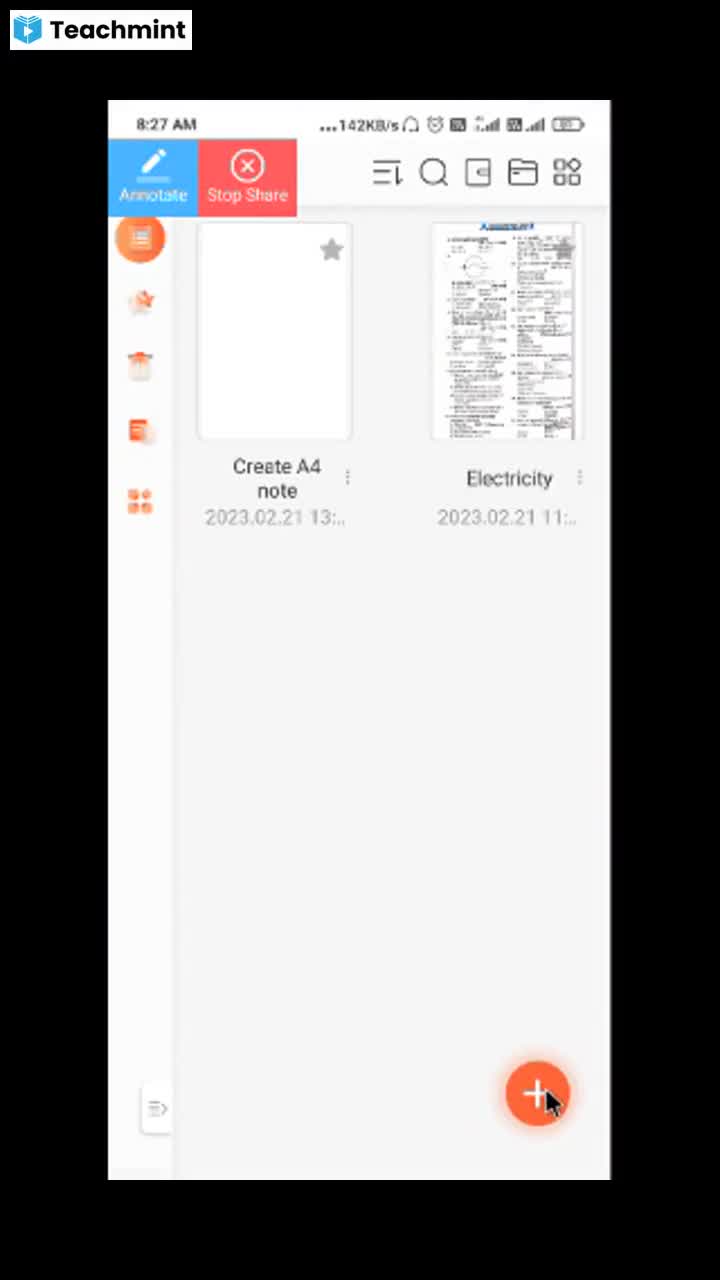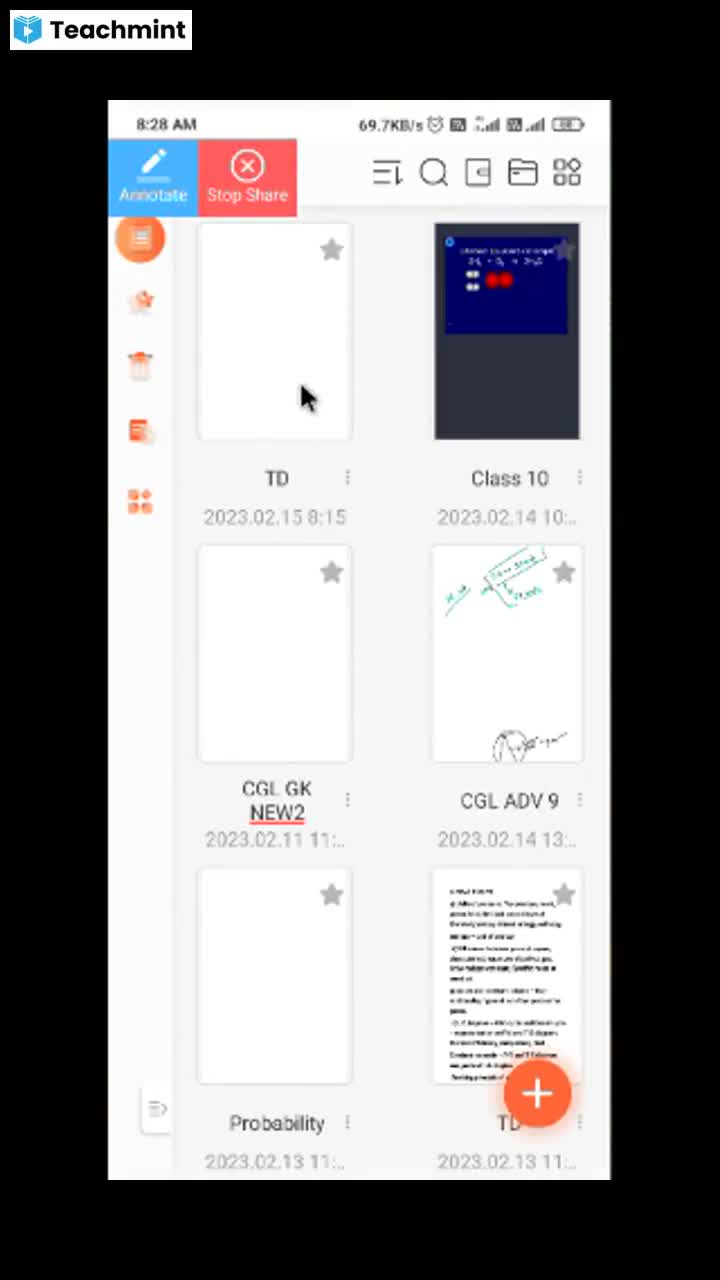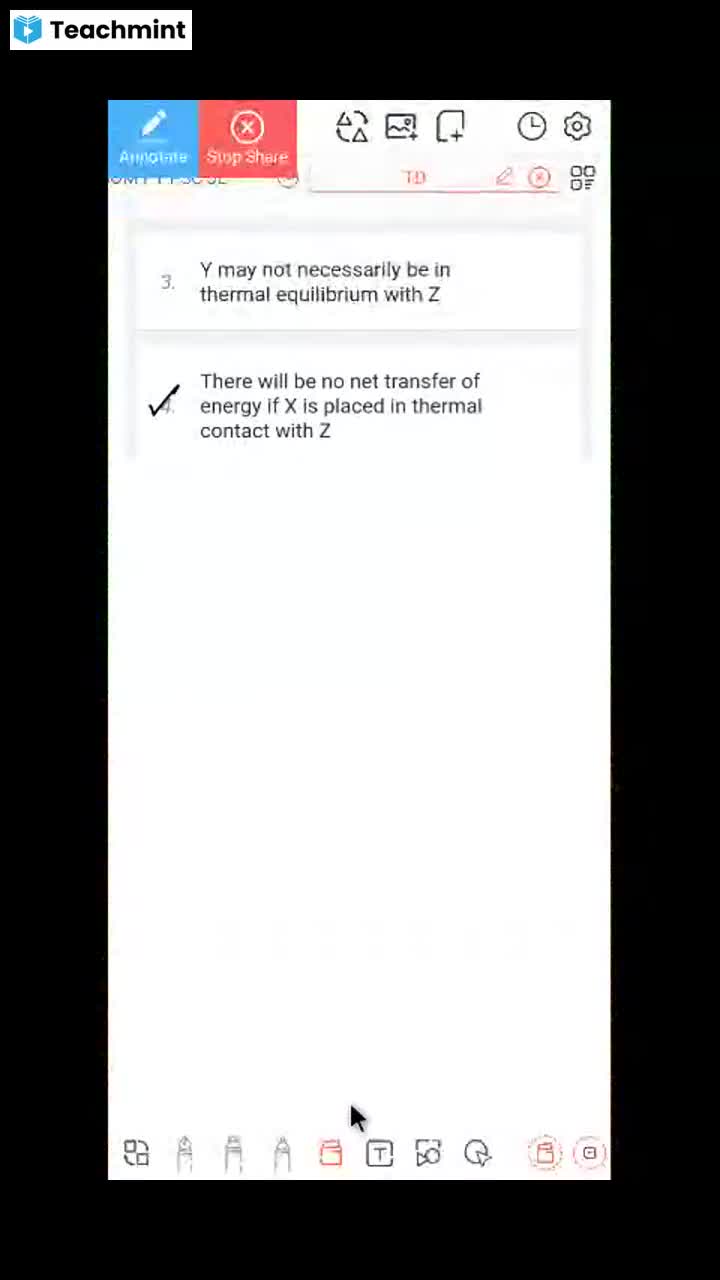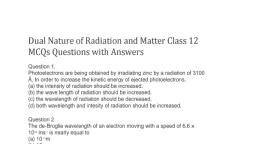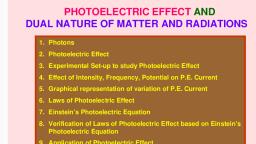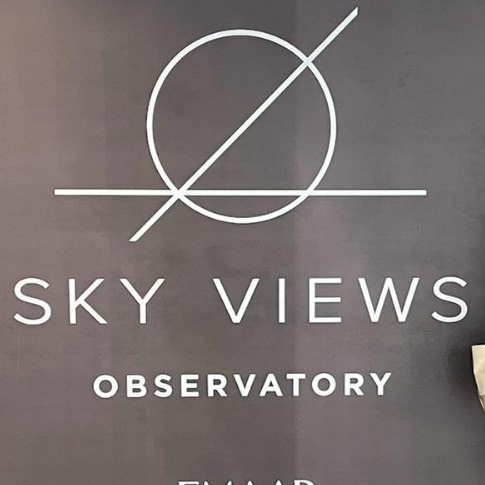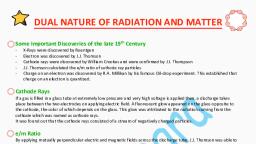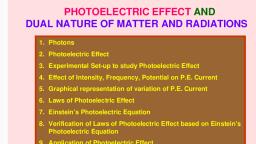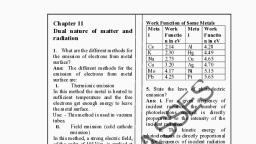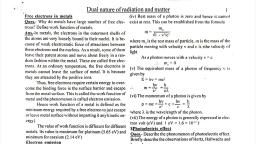Page 1 :
PHOTOELECTRIC EFFECT AND, DUAL NATURE OF MATTER AND RADIATIONS, 1. Photons, 2. Photoelectric Effect, 3. Experimental Set-up to study Photoelectric Effect, 4. Effect of Intensity, Frequency, Potential on P.E. Current, 5. Graphical representation of variation of P.E. Current, 6. Laws of Photoelectric Effect, 7. Einstein’s Photoelectric Equation, 8. Verification of Laws of Photoelectric Effect based on Einstein’s, Photoelectric Equation, 9. Application of Photoelectric Effect, 10. Matter Waves and de Broglie wavelength, 11. Davission & Germer Experiment
Page 2 :
Photon:, A packet or bundle of energy is called a photon., hc, Energy of a photon is E = hν =, λ, where h is the Planck’s constant, ν is the frequency of the, radiation or photon, c is the speed of light (e.m. wave) and λ is, the wavelength., Properties of photons:, i), , A photon travels at a speed of light c in vacuum. (i.e. 3 x 10-8 m/s), , ii) It has zero rest mass. i.e. the photon can not exist at rest., iii) The kinetic mass of a photon is,, , E, m=, , c2, , h, =, , E, iv) The momentum of a photon is,, , p=, , c, , cλ, h, , =, , λ, , v) Photons travel in a straight line., vi) Energy of a photon depends upon frequency of the photon; so the, energy of the photon does not change when photon travels from one, medium to another.
Page 3 :
vii) Wavelength of the photon changes in different media; so, velocity of, a photon is different in different media., viii) Photons are electrically neutral., ix) Photons may show diffraction under given conditions., x), , Photons are not deviated by magnetic and electric fields., , Photoelectric Effect:, The phenomenon of emission of electrons from mainly metal surfaces, exposed to light energy (X – rays, γ – rays, UV rays, Visible light and even, Infra Red rays) of suitable frequency is known as photoelectric effect., The electrons emitted by this effect are called photoelectrons., The current constituted by photoelectrons is known as photoelectric current., Note: Non metals also show photoelectric effect. Liquids and gases also, show this effect but to limited extent., UV, , Visible light, , Visible light, , Photoelectrons, , Photoelectrons, , No photoelectrons, , Metals, , Metals other than Alkali Metals, , Alkali Metals
Page 4 :
Experimental Set-up to study Photoelectric Effect:, UV light, W, C, , A, µA, +, ● ●K, , V, , +, , C – Metallic cathod, A – Metallic Anode, , W – Quartz Window, - Photoelectron, Glass transmits only visible and infra-red lights but not UV light., Quartz transmits UV light., When light of suitable frequency falls on the metallic cathode, photoelectrons, are emitted. These photoelectrons are attracted towards the +ve anode and, hence photoelectric current is constituted.
Page 5 :
1) Effect of Intensity of Incident Light on Photoelectric Current:, For a fixed frequency, the photoelectric current, increases linearly with increase in intensity of, incident light., , I, µA, , 2) Effect of Potential on Photoelectric Current:, For a fixed frequency and intensity of, incident light, the photoelectric, current increases with increase in, +ve potential applied to the anode., When all the photoelectrons reach, the plate A, current becomes, maximum and is known as saturation, current., , 0, I, µA, , Intensity (L), Saturation Current, L2, L1, L2 > L1, , When the potential is decreased,, +, the current decreases but does not, VS, 0 Potential of A (V), become zero at zero potential., This shows that even in the absence of accelerating potential, a few, photoelectrons manage to reach the plate on their own due to their K.E., When –ve potential is applied to the plate A w.r.t. C, photoelectric current, becomes zero at a particular value of –ve potential called stopping potential, or cut-off potential., Intensity of incident light does not affect the stopping potential.
Page 6 :
3) Effect of Frequency of Incident Light on Photoelectric Current:, For a fixed intensity of incident light, the photoelectric current does not, depend on the frequency of the incident light. Because, the photoelectric, current simply depends on the number of photoelectrons emitted and in turn, on the number of photons incident and not on the energy of photons., , 4) Effect of Frequency of Incident Light on Stopping Potential:, For a fixed intensity of incident light,, the photoelectric current increases, and is saturated with increase in +ve, potential applied to the anode., , I, µA, , However, the saturation current is, same for different frequencies of the, incident lights., When potential is decreased and, taken below zero, photoelectric, current decreases to zero but at, different stopping potentials for, different frequencies., , ν, 2, , Saturation Current, , ν2 >, ν1, , ν, 1, , VS2, , VS1 0, , Potential of A (V), , Higher the frequency, higher the stopping potential. i.e. VS α ν, , +
Page 7 :
5) Threshold Frequency:, The graph between stopping potential and frequency, does not pass through the origin. It shows that there, is a minimum value of frequency called threshold, frequency below which photoelectric emission is not, possible however high the intensity of incident light, may be. It depends on the nature of the metal, emitting photoelectrons., , VS, (V), , 0, , ν, , ν, , 0, , Laws of Photoelectric Emission:, i), , ii), , iii), iv), v), , vi), , For a given substance, there is a minimum value of frequency of incident, light called threshold frequency below which no photoelectric emission is, possible, howsoever, the intensity of incident light may be., The number of photoelectrons emitted per second (i.e. photoelectric, current) is directly proportional to the intensity of incident light provided, the frequency is above the threshold frequency., The maximum kinetic energy of the photoelectrons is directly proportional, to the frequency provided the frequency is above the threshold frequency., The maximum kinetic energy of the photoelectrons is independent of the, intensity of the incident light., The process of photoelectric emission is instantaneous. i.e. as soon as the, photon of suitable frequency falls on the substance, it emits, photoelectrons., The photoelectric emission is one-to-one. i.e. for every photon of suitable, frequency one electron is emitted.
Page 8 :
Einstein’s Photoelectric Equation:, When a photon of energy hν falls on a metal surface, the energy of the, photon is absorbed by the electron and is used in two ways:, i), , A part of energy is used to overcome the surface barrier and come out of, the metal surface. This part of the energy is called ‘work function’, (Ф = hν0)., , ii) The remaining part of the energy is used in giving a velocity ‘v’ to the, emitted photoelectron. This is equal to the maximum kinetic energy of the, photoelectrons ( ½ mv2max ) where ‘m’ is mass of the photoelectron., According to law of conservation of energy,, hν = Ф + ½ mv2max, = hν0 + ½ mv2max, ½ mv2max = h ( ν - ν0 ), , Photon, hν, , ½ mv2max, Photoelectron, , Ф = hν0, Metal
Page 9 :
Verification of Laws of Photoelectric Emission based on Einstein’s, Photoelectric Equation:, ½ mv2max = h ( ν - ν0 ), i), , If ν < ν0, then ½ mv2max is negative, which is not possible. Therefore, for, photoelectric emission to take place ν > ν0., , ii) Since one photon emits one electron, so the number photoelectrons, emitted per second is directly proportional to the intensity of incident light., iii) It is clear that ½ mv2max α ν as h and ν0 are constant. This shows that K.E., of the photoelectrons is directly proportional to the frequency of the, incident light., iv) Photoelectric emission is due to collision between a photon and an, electron. As such there can not be any significant time lag between the, incidence of photon and emission of photoelectron. i.e. the process is, instantaneous. It is found that delay is only 10-8 seconds.
Page 10 :
Application of Photoelectric Effect:, 1. Automatic fire alarm, 2. Automatic burglar alarm, 3. Scanners in Television transmission, 4. Reproduction of sound in cinema film, 5. In paper industry to measure the thickness of paper, 6. To locate flaws or holes in the finished goods, 7. In astronomy, 8. To determine opacity of solids and liquids, 9. Automatic switching of street lights, 10. To control the temperature of furnace, 11. Photometry, 12. Beauty meter – To measure the fair complexion of skin, 13. Light meters used in cinema industry to check the light, 14. Photoelectric sorting, 15. Photo counting, 16. Meteorology
Page 11 :
Dual Nature of Radiation and Matter:, Wave theory of electromagnetic radiations explained the phenomenon of, interference, diffraction and polarization., On the other hand, quantum theory of e.m. radiations successfully, explained the photoelectric effect, Compton effect, black body radiations,, X- ray spectra, etc., Thus, radiations have dual nature. i.e. wave and particle nature., Louis de Broglie suggested that the particles like electrons, protons,, neutrons, etc have also dual nature. i.e. they also can have particle as, well as wave nature., Note: In no experiment, matter exists both as a particle and as a wave, simultaneously. It is either the one or the other aspect. i.e. The two, aspects are complementary to each other., His suggestion was based on:, i) The nature loves symmetry., ii) The universe is made of particles and radiations and both entities must, be symmetrical.
Page 12 :
de Broglie wave:, According to de Broglie, a moving, material particle can be associated with a, wave. i.e. a wave can guide the motion of, the particle., The waves associated with the moving, material particles are known as, de Broglie waves or matter waves., , λ, , Expression for de Broglie wave:, hc, According to quantum theory, the energy of the photon is E = hν =, , λ, , According to Einstein’s theory, the energy of the photon is E = mc2, So,, , λ=, , h, mc, , or, , λ=, , h, p, , where p = mc, is momentum of a photon, , If instead of a photon, we have a material particle of mass m moving with, velocity v, then the equation becomes, h, λ=, mv, which is the expression for de Broglie wavelength.
Page 13 :
Conclusion:, i), , λ=, , h, mv, , de Broglie wavelength is inversely proportional to the velocity of the, particle. If the particle moves faster, then the wavelength will be, smaller and vice versa., , ii) If the particle is at rest, then the de Broglie wavelength is infinite. Such, a wave can not be visualized., iii) de Broglie wavelength is inversely proportional to the mass of the, particle. The wavelength associated with a heavier particle is smaller, than that with a lighter particle., iv) de Broglie wavelength is independent of the charge of the particle., Matter waves, like electromagnetic waves, can travel in vacuum and hence, they are not mechanical waves., Matter waves are not electromagnetic waves because they are not, produced by accelerated charges., Matter waves are probability waves, amplitude of which gives the, probability of existence of the particle at the point.
Page 14 :
Davisson and Germer Experiment:, , The energy of the incident beam of, electrons can be varied by changing, the applied voltage to the electron, gun., Intensity of scattered beam of, electrons is found to be maximum, when angle of scattering is 50° and, the accelerating potential is 54 V., θ + 50°+ θ = 180°, i.e. θ = 65°, For Ni crystal, lattice spacing, d = 0.91 Å, For first principal maximum, n = 1, , ●, , The scattered beam of electrons is, received by the detector which can, be rotated at any angle., , V, , ●, , A beam of electrons emitted by the, electron gun is made to fall on, Nickel crystal cut along cubical axis, at a particular angle., , Electron Gun, F, C, A, θ, , to, c, e, t, De, , Ф, θ, , Crystal Lattice, , Nickel Crystal, , Electron diffraction is similar, to X-ray diffraction., Bragg’s equation 2dsinθ = nλ gives, λ = 1.65 Å, , r
Page 15 :
Incident Beam, , Incident Beam, , ed, r, tte, a, Sc, , am, e, b, , Ф = 50°, , Intensity of scattered beam at 54 V, According to de Broglie’s, hypothesis,, h, λ=, 2meV, , Intensity of scattered beam at 48 V, , Incident Beam, , Incident Beam, , Intensity of scattered beam at 44 V, , or, , λ=, , Intensity of scattered beam at 64 V, , 12.27 Å, V, , de Broglie wavelength of, moving electron at V = 54, Volt is 1.67 Å which is in, close agreement with 1.65 Å.
Page 16 :
Intensity vs √ Anode Potential:, , Intensity, , Diffraction, pattern after, 100 electrons, , 0, , 5 10 15, (√ 54) V, , 20, , 25 √ V, , Diffraction, pattern after, 3000 electrons, , Diffraction, pattern after, 70000 electrons

